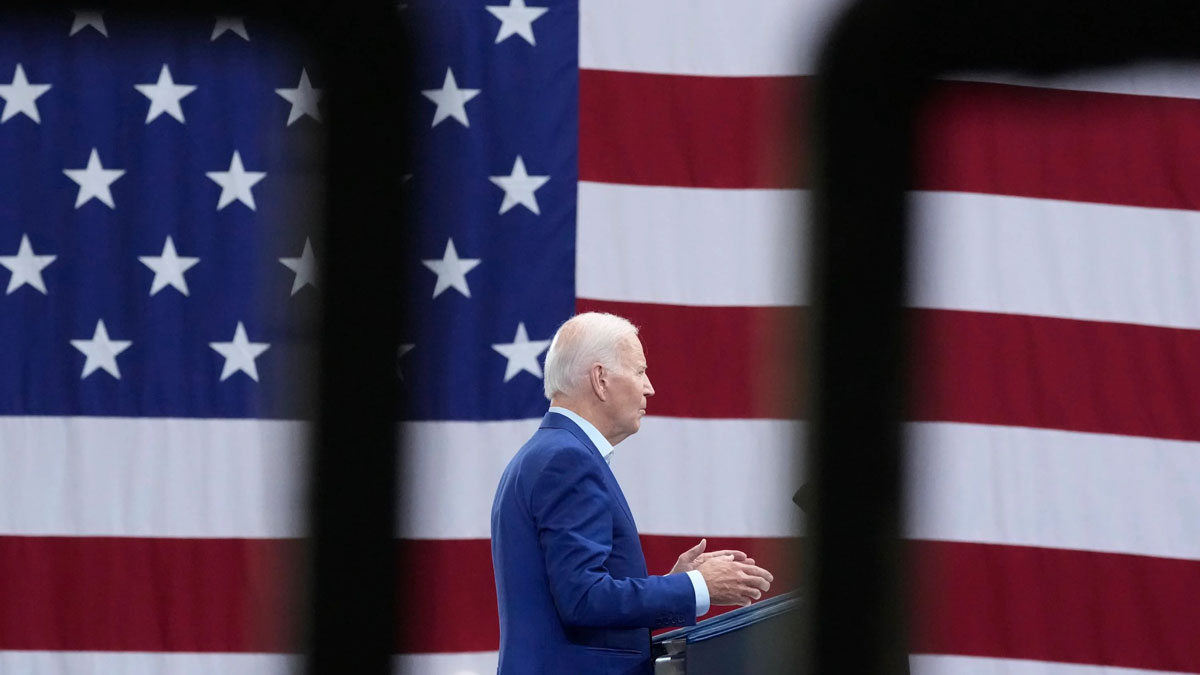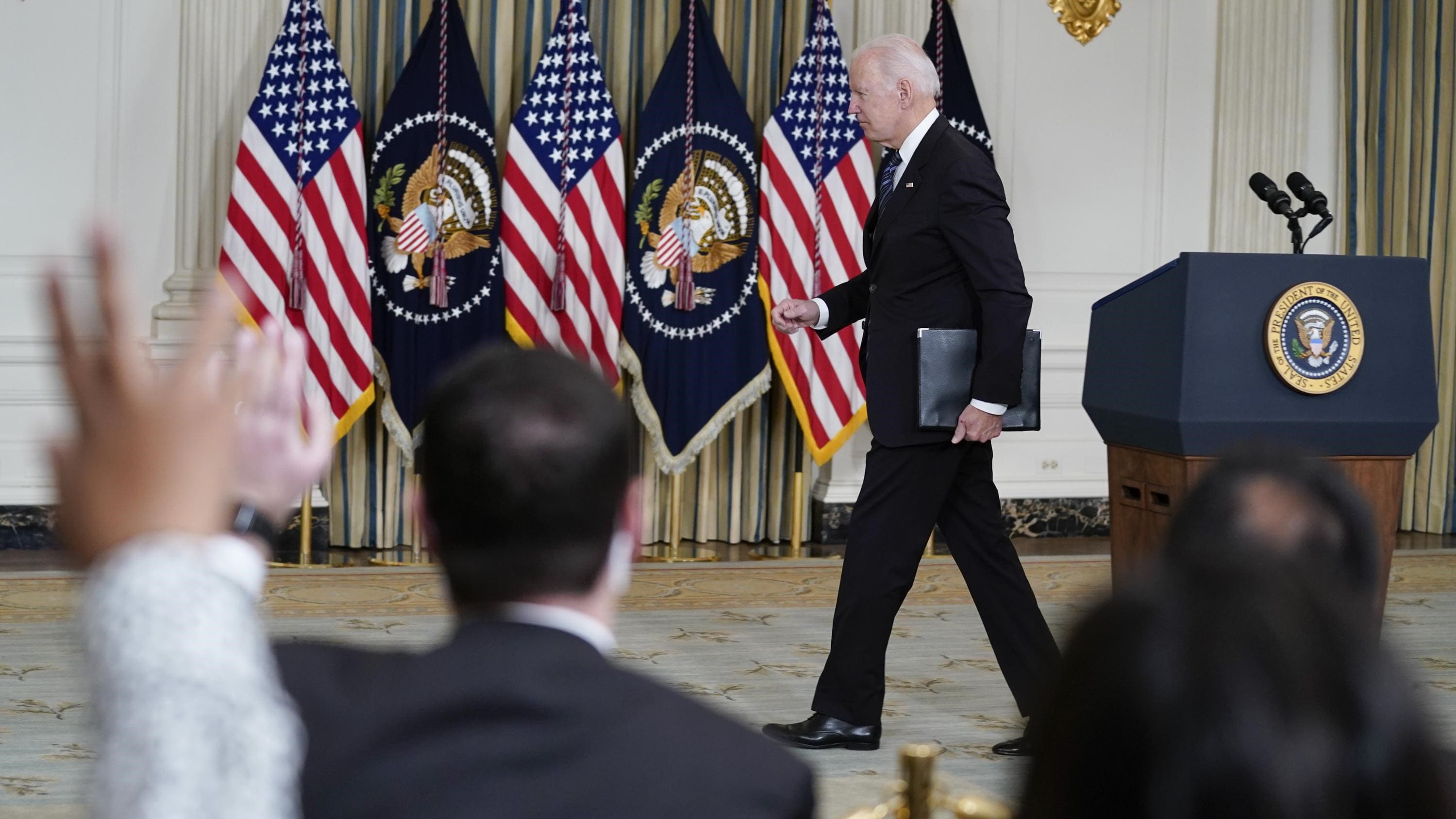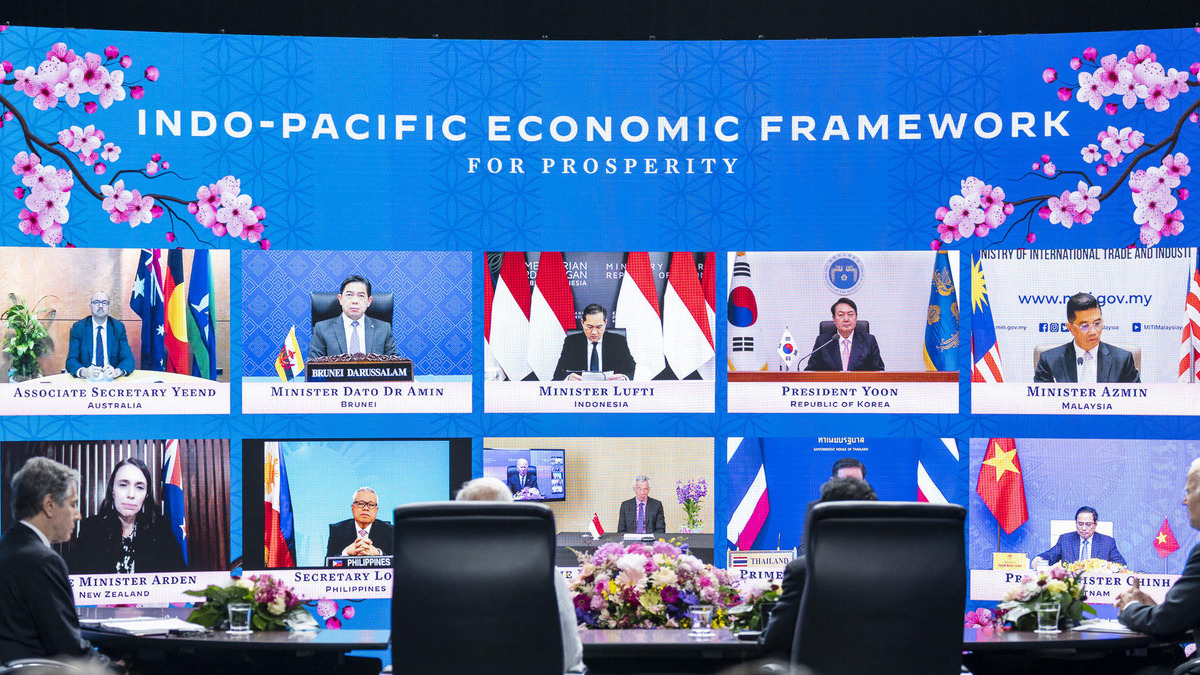As the United States enters another presidential election year, experts will be at the ready to clarify, debunk, and correct the oversimplifications and flat-out falsehoods spewed by candidates on the campaign trail.
Though all policy issues are vulnerable to this phenomenon, trade stands out, not only for the haphazard way that politicians explain it, but also the repeated misconceptions that have amplified a false narrative warning of the costs of openness and touting the benefits of closure. When Donald J. Trump calls the North American Free Trade Agreement “the worst deal ever negotiated,” and vows to bring jobs back home, detailed expert rebuttals struggle to contend with those punchy soundbites.
But the fact that some Americans were hurt by a failure to adjust to foreign competition has become the central grievance of the critics of modern US trade policy and has perhaps overly dominated the debate. This has clouded trade policy discussions with issues better addressed through domestic policy actions, such as workforce development and education policy.
The existence of domestic solutions has not stopped prominent officials, such as President Joe Biden’s National Security Advisor, Jake Sullivan, to question how trade fits into US international economic policy and ask “what problems is it seeking to solve?”
Instead of seeing trade openness as a source of strength, it is now framed as a source of potential weakness. Interdependence is increasingly described as a vulnerability, as countries can weaponize their trade links. However, few ever claimed that trade integration would lead to world peace—in fact, economic coercion is part and parcel of international affairs.
What matters, however, are the boundaries countries draw around what kind of behavior is acceptable and what is not. In the international trading system, the drawing of such lines used to take place at the World Trade Organization, but that institution has been weakened by the United States through its continued objections to the WTO’s appeals mechanism that has successfully, and peacefully, settled hundreds of trade disputes.
The current US approach to trade, if it can be called an approach at all, risks weakening US influence abroad and economically disadvantaging Americans at home. It rests on the false belief that retrenchment of “traditional” US trade policy—by putting America First or catering to a select group of US workers and branding such efforts as “worker-centric trade policy”—will somehow restore the United States to a position of hegemonic dominance with no peer competitor. The reality, however, is that such retrenchment comes with many significant and unforeseen costs that could weaken US leadership in the world. The United States, for the first time since its unipolar moment, is now faced with competition from all corners of the globe and a potential rival in China that could one day upend the status quo. Fears of being overtaken by China should not, however, prompt the United States to sabotage the very order it created and immensely benefited from. Instead of trade wars, what is needed, now more than ever, is to focus on what makes the United States exceptional and to secure a more open and prosperous future at home and abroad.
The problem with trade
The politics of trade have always been contentious. James Madison recognized this early, when writing in Federalist 10, “Shall domestic manufactures be encouraged, and in what degree, by restrictions on foreign manufactures? are questions which would be differently decided by the landed and the manufacturing classes, and probably by neither with a sole regard to justice and the public good.”
Lamenting the power of factions on the legislative process, Madison recognized that adjusting to “these clashing interests” is difficult and could not be done “in many cases… without taking into view indirect and remote considerations, which will rarely prevail over the immediate interest which one party may find in disregarding the rights of another or the good of the whole.” Trade policy was thus vulnerable to capture by special interests clamoring for protection, and these pressures would be difficult to overcome even by a president determined to craft policy for the benefit of the entire country.
Those clashes in US trade policy history are astutely detailed by economic historian Douglas Irwin, who chronicles the countless legislative and ideational battles that eventually led to the trade policy the United States used to lay the groundwork for the international trading system that we have today. Irwin describes the modern era of US trade policy, which begins around 1932, as driven by the objective of reciprocity, where the US government prioritized reductions in tariff and non-tariff barriers through negotiated agreements with other countries.
Those ideas have largely fallen out of favor: President Donald Trump challenged the foundations of the international trading system, and Biden continued Trump’s trade policy, in addition to taking significant actions to pave the way for a new US interest in industrial policy. In fact, though Biden offered a more positive view of the United States’ place in the world during his first presidential campaign, journalist Fareed Zakaria observes that Biden has governed as if “the country has been following the wrong course” leaving Washington “gripped by panic and self-doubt.” That panic and self-doubt has promulgated the belief that the international trading system is broken and in need of remaking. However, the budding new architects seeking to transform it have come to the job without a vision for what it should look like.
A misguided attempt to solve the problem
Both the Trump and Biden administrations have criticized past US trade policy and promised to correct the wrongs inflicted on average Americans, both real and imagined. Those efforts have led to an unprecedented number of executive actions that have put “security” above trade and sown distrust among US allies. It has also led to a troubling embrace of industrial policy, driven by a fear that China will overtake the United States in terms of economic influence, innovation, and raw power. Lighthizer argued that US trade policy should focus on “improving the lives of and opportunities available to regular working people” and “economic efficiency, low prices, and corporate profits,” while “important goals … should be secondary.”
However, a closer look at what those trade policies do reveals that they are unlikely to be the foundation upon which a new consensus on trade can be built. The IPEF does not even include any trade provisions because domestic political pressure led the Biden administration to postpone the conclusion of the trade pillar as the United States heads into an election year where many Democratic congressional seats are up for grabs. The pillars it has concluded, including supply chain resilience, are likely to do little more than improve some information sharing among IPEF’s 14 members, mostly Asian economies that include some of America’s largest trading partners and strategic allies. True resilience requires strengthened trade ties, something the IPEF does not deliver.
Similarly, the APEP does not yet include any trade initiatives, though it does seek to make strategic investments in climate financing and critical technologies, such as semiconductors. The TTC appears more focused on tech than trade, and EU-US trade frictions have continued over Trump-era steel and aluminum tariffs that Biden has upheld in a slightly modified form and vehemently defended as necessary for national security. The global steel arrangement discussions were launched to resolve the impasse over tariffs and create a green steel carbon club, but these have also morphed into a convoluted negotiation primarily concerned with protecting US industry.
The common thread in this new approach to trade can best be described as asymmetry, which is in direct opposition to the principle of reciprocity. Over the last two administrations, the United States has asked its allies and trading partners to adjust to meet its immediate policy needs—real or imagined—and done little in return. Though our trading partners and allies have gone along with this American detour on trade, they have done so out of necessity, not out of desire. In fact, many still hold out hope that the United States will become a leader in trade again, rejoin the Trans-Pacific Partnership, lift its blockade on the WTO’s Appellate Body, and end the trade wars that Trump began. Current US trade policy is in many ways a blast from the past. Nowhere is this clearer than in recent enthusiasm for industrial policy, eerily similar to the Japan Panic that swept over Washington in the 1980s. Then, as in now, the United States will not beat its economic competitors by emulating their policies, but by embracing the openness—to trade, capital, and people—that has defined US economic success for decades.
What comes next
Surveys show that Washington’s political elites are out of touch with the American public. Though Americans have become more supportive of some trade restrictions, on the whole, 74% view trade as good for the US economy, 63% think trade creates good jobs in the United States, and roughly 80% see it as positive for consumers and for improving their standard of living. Americans also largely support immigration, though they have some particular reservations. Finally, the majority of Americans have more favorable views toward capitalism as opposed to socialism, though there are some notable differences between Democrats and Republicans. On most policy issues, though views have become more polarized, there does appear to be significant middle ground where Americans agree on the fundamentals.
The result will be a weaker US economic presence abroad, rule fragmentation, and a more unstable global economy for years to come. Retrenchment should be avoided, and the United States would do well to remember that trade is not a zero-sum game where one side’s wins are another side’s losses.
Instead, trade is fundamentally about trust, openness, and reciprocity. The current international trading system has generated opportunity and economic success because of a commitment to these principles. It would be wise to return to them.
© The Hinrich Foundation. See our website Terms and conditions for our copyright and reprint policy. All statements of fact and the views, conclusions and recommendations expressed in this publication are the sole responsibility of the author(s).






